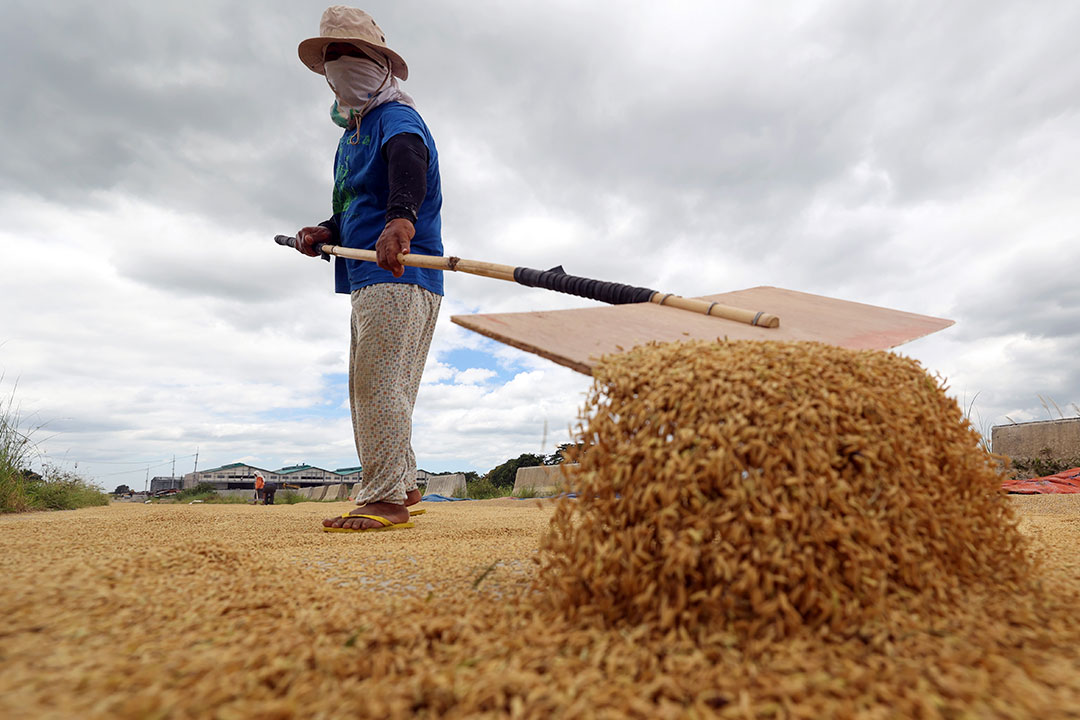




Philippines Trade Update: Trade trajectories trend along
 DOWNLOAD
DOWNLOAD

Policy Rate Updates: Double cut finale
 DOWNLOAD
DOWNLOAD

Monthly Economic Update: One for the road
 DOWNLOAD
DOWNLOAD


Supply shocks may derail inflation fight

Supply shocks that could arise from the El Niño weather event may derail efforts to bring inflation back to the 2-4% target range, Bangko Sentral ng Pilipinas (BSP) Governor Eli M. Remolona, Jr. said.
“Supply shocks may derail (our) forecast including what’s going on with rice, the imports of rice. El Niño is a factor. So, it depends on those risks,” he told reporters during a Media Information Session on Saturday.
The Bangko Sentral ng Pilipinas (BSP) sees inflation easing to 3.7% this year and to 3.2% in 2025. Full-year inflation averaged 6% in 2023, marking the second straight year that average inflation breached the 2-4% target band.
The central bank earlier said that inflation will likely settle within the 2-4% range in the first quarter but could potentially accelerate to above target from April to July due to the El Niño, the lag impact of wage adjustments in 2023, and positive base effects.
“We began to realize the supply shocks are very important for the inflation outlook, not because of the shocks themselves, we expect them to dissipate, but because of the second-round effects from those shocks,” Mr. Remolona said.
“They affect expectations, and those expectations affect second-round effects which we see in prices of services for example, in wages, transport fares. So, we’re not out of the woods,” he added.
The Philippine Atmospheric, Geophysical and Astronomical Services Administration projects that El Niño will likely persist until May this year.
Earlier estimates by the BSP also showed that the dry weather event could impact inflation by 0.02 percentage point.
National Economic and Development Authority Secretary Arsenio M. Balisacan has also flagged the risk of elevated inflation due to the onset of the El Niño, which could impact the agriculture sector and stoke food prices.
‘Not likely’
Meanwhile, Mr. Remolona said it is unlikely that the BSP will begin easing policy rates within the first half of the year.
“It depends on the data as we always say, but it’s looking good. We like the trend so far. I would say it’s possible but maybe not likely,” he said.
To tame inflation, the Monetary Board hiked borrowing costs by 450 basis points (bps) from May 2022 to October 2023, bringing the key interest rate to a 16-year high of 6.5%.
The BSP chief earlier said that it may need to keep policy settings tighter for longer until inflation settles more firmly within target.
Mr. Remolona also said that the BSP will be keeping an eye on policy moves by the US Federal Reserve.
“As you know, we’ve been watching what the other central banks have been doing, especially what the Fed has been doing, how the markets have been reacting to statements by the Federal Open Market Committee,” he added.
From March 2022 to July 2023, the Fed has raised rates by 525 bps to 5.25-5.5%.
The BSP will have its first policy meeting for this year on Feb. 15. — Luisa Maria Jacinta C. Jocson and Keisha B. Ta-asan
This article originally appeared on bworldonline.com





 By BusinessWorld
By BusinessWorld